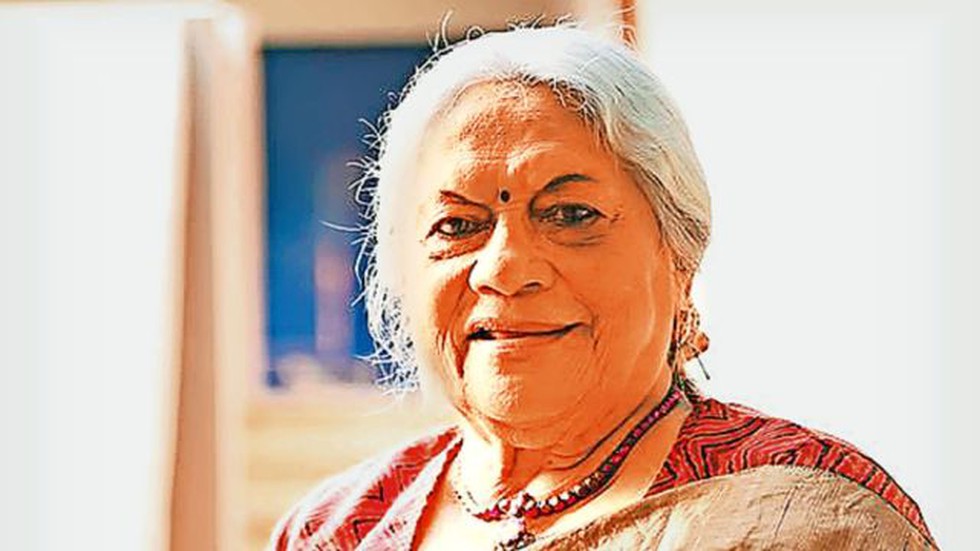About Kathak
- The term Kathak is derived from the Sanskrit word ‘Katha’, meaning ‘story’.
- Nature of Performance: It originated as a temple performance where stories from scriptures were enacted and evolved into a court dance during the Mughal period.
- Major gharanas (schools): Prominent gharanas include the Lucknow, Jaipur, and Benaras
- Dance style: Focus is on footwork (Tatkaar), pirouettes (Chakkars), mudras, and facial expressions. Dancers wear ankle bells (ghungroos) and perform with graceful yet intricate movements.
- Musical association: It is the only classical dance form linked to Hindustani (North Indian) music.
- Patronage: Wajid Ali Shah, the last Nawab of Awadh, played a major role in its artistic development and patronage.
- Prominent exponents: Key figures include Birju Maharaj, Sitara Devi, Shovana Narayan, and Aditi Mangaldas.
Kumudini Lakhia Contributions
- Kumudini Lakhia challenged the classical notion that Kathak must always revolve around storytelling based on mythological or literary themes like Radha-Krishna or Shiva-Parvati.
- She believed in “art for art’s sake”, focusing on movement, rhythm, and form over narrative content.
- Over a career spanning seven decades, she transformed Kathak from a solo narrative-based art form to a group ensemble format, incorporating contemporary themes and abstract concepts.
- Awards and Recognition: She was conferred Padma Shri in 1987, Padma Bhushan in 2010, and Padma Vibhushan in 2024 for her outstanding contribution to Indian classical dance.
